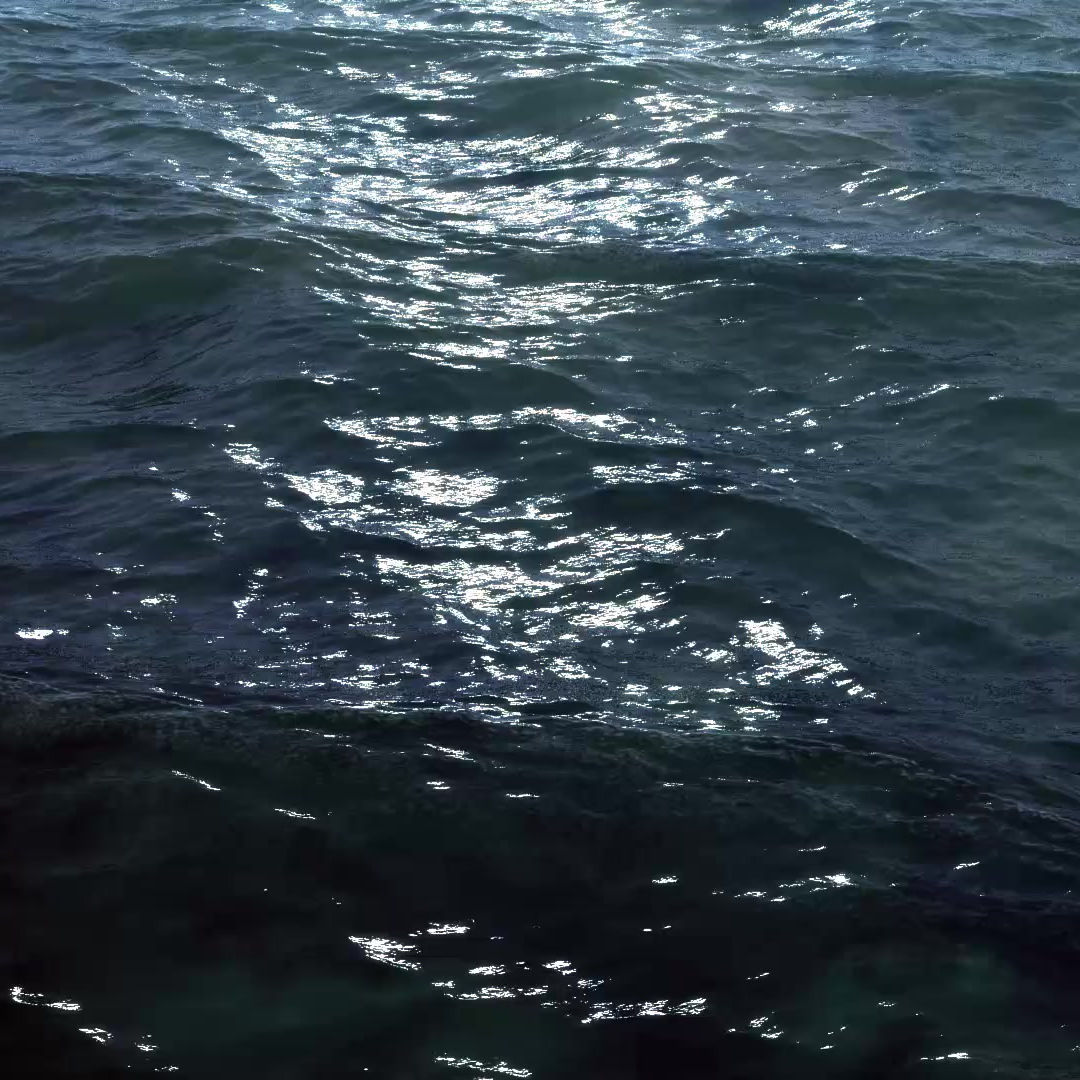
Battle of Wareham, Massachusetts
Attack on Wareham
In 1814 HMS Superb was employed on the coast of North America under the orders of Sir Alexander Cochrane and took part in an attack upon Wareham, Massachusetts during the War of 1812
The British sloop Nimrod, which had been involved in stopping American privateering during the War of 1812, ran aground in Buzards Bay.
The Nimrod was commanded by Lt. George Hilton in 1814 when she was stationed off New London with the squadron under Capt. Charles Paget in the Superb. Captain Paget learned that a ship's letter of marque (a government permitted and insured privateer) and a brig privateer were at Wareham at the head of Buzzard's Bay, he detached Nimrod through Quick's Hole with two of Nimrod's boats and two from Superb under the direction of Lieut. James Garland first officer of the Superb, to destroy them.
Because of the intricate navigation through Quick's Hole and in Buzzards Bay, it was necessary conduct the operation in daylight and this exposed the boats to musket fire from militia on both banks of the narrow stream in Wareham.
The Nimrod succeeded in destroying 2522 tons of enemy shipping and a cotton factory newly built by a consortium of 60 Boston merchants. The War of 1812 affected Wareham differently than the Revolutionary War did. While Wareham was never attacked during the Revolutionary War, British troops, claiming that Wareham was a haven for the privateers preying on British ships, attacked the town and burned several ships.
In fact, 20 Wareham vessels were taken during the course of the war. Wareham, like most coastal towns, was involved with privateering efforts during the war. For example, the 10 gun sloop Hancock was fitted out in Wareham as a privateer vessel, Capt. John Kendrick of Wareham commanded the Fanny and the Count d'Estaigne and Capt. David Nye commanded the Sea Flower .The most famous incident in south-eastern Massachusetts of the War of 1812 took place in Wareham on June 13, 1814.
On this date, the British brig-of-war Nimrod captured two Wareham residents, Bumpas and Miller in Westport and then proceeded to sail up Buzzards Bay to West Island then to Mattapoisett and finally to Wareham . This caused an alarm to be raised at the Narrows and six British barges carrying 200 troops subsequently landed at Long Wharf where Narrows Bridge is today.
The British entered the town, deploying sentries onto the high land, and proceeded to the Cotton factory which they attempted to burn by firing a Congreve rocket into it ). They then went to Captain Bumpus' house where the town had secreted their stores of arms and powder and confiscated these.
The British commander told a party of Wareham men who had come to argue for peace, that he and his men had come to search for ships and men involved in privateering and that they would not fire upon inhabitants, destroy private property, destroy public property which did not belong to the town and finally they requested that the ships and property belonging to Falmouth be pointed out. A total of four schooners and five sloops, a ship and a brig at the wharf and a new brig being built at William Fearing's shipyard were burned.
Six men were also taken hostage and all told, almost 1 million dollars worth of damage was done. The ships burned were identified as the Fair Trader, 444 tons, pierced for eighteen 12-pounders and the brig Independent, 300 tons, pierced for 14 guns and on the stocks ready for launching.
The schooners Fancy, Elizabeth and Nancy, all of Falmouth, were also brand new. The value of the cotton factory was estimated at half a million dollars. In an attempt to drive the British out, Captain Israel Fearing assembled 12 men on opposite side of Narrows and showed fight.
The British left and left hostages on Cromeset Point. As they left, they fired a rocket and the swivel gun from each barge and stated that they would return and burn the whole town.
The inhabitants prepared defences and a militia company was stationed at Pig Point (Pinehurst) with trenches being dug within gunshot range of the river.

